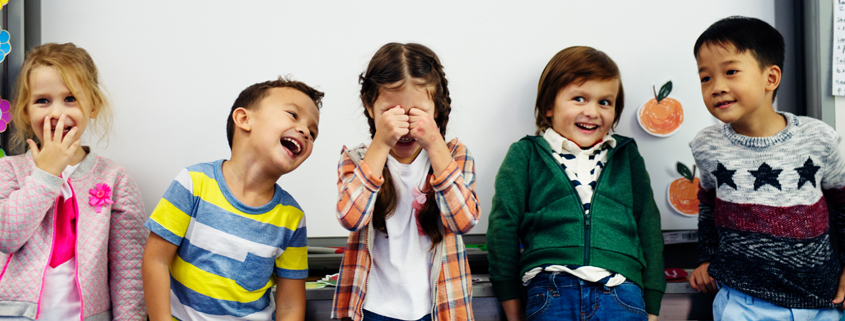Why wellbeing education is essential for a bright future
All students have different strengths and needs that vary over time and are expressed in a varied way. This year, the world has experienced extraordinary unforeseen challenges with the dual pandemics of COVID-19 and the collective trauma is contributing to heightened levels of stress and uncertainty. Schools are working to identify how best to support students in navigating these experiences, engaging with their learning, and making progress toward their goals. Assessing perceptions of wellbeing is one way to do this.
Higher education is starting to embrace its role in promoting student wellbeing and life skills, especially given the concerning levels of poor mental health and uncertainties in the future job market. Wellbeing improves students’ academic performance, behaviour, social integration, and satisfaction.
Facets of wellbeing, such as gratitude, hope, and emotional regulation, have been found to improve academic performance across several areas. For example, students experiencing greater positivity and hope can make adaptive attributions and overcome failure by making corrections. Thus failure ceases to be a long-term detriment to their self-worth. Similarly, gratitude increases students’ satisfaction with school and propels them in making and pursuing intrinsic goals. Gratitude is positively correlated with higher GPAs, greater absorption in meaningful activities, more life satisfaction, and more social integration.
We have the opportunity to formally teach students to maximise their potential, and prioritising their wellbeing is a good place to start. Your first step in enabling your students and educators with the power of wellbeing is to assess it.








Leave a Reply
Want to join the discussion?Feel free to contribute!